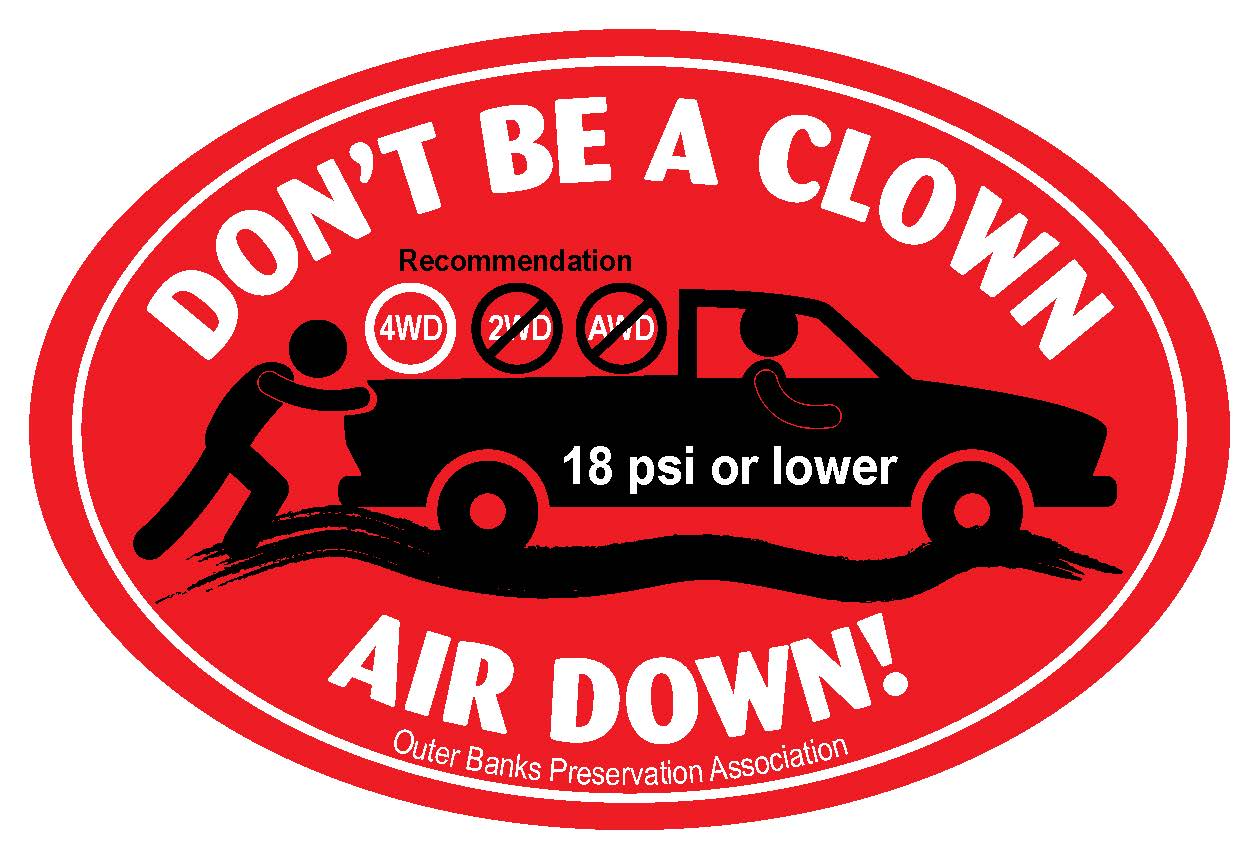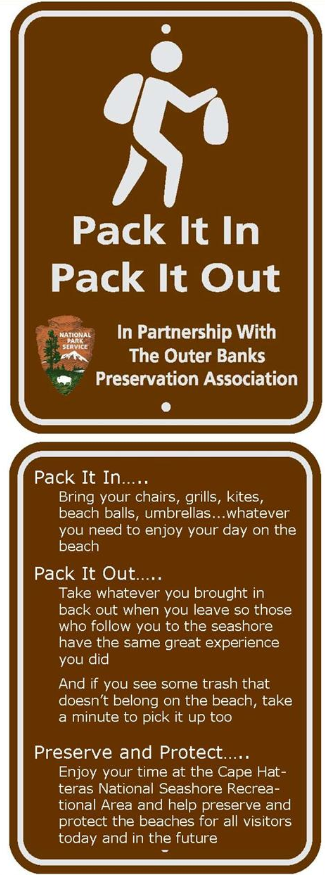WASHINGTON, D.C. – Today, the House of Representatives voted to approve Congressman Walter B. Jones’ (NC-3) proposal to repeal excessive restrictions on human access to Cape Hatteras National Seashore Recreational Area. The provision would repeal regulations implemented by a 2012 National Park Service rule and a 2008 court-approved Consent Decree and instead require that visitor access and species protection be governed by the Park Service’s 2007 Interim Management Strategy. The Interim Management Strategy was supported by a 113-page Biological Opinion issued by the U.S. Fish and Wildlife Service, which found that it would not jeopardize piping plover, sea turtles, or other species of concern.
“The last thing we need in Eastern North Carolina is unnecessary government regulation stifling job creation and economic growth,” said Congressman Jones. “I am grateful to my colleagues in the House for voting to approve this common-sense measure, which strikes the appropriate balance between protecting the species that live in the Cape Hatteras area and protecting the taxpayers’ right to access the recreational areas that they own. Now it is time for the Senate to act.”
The Cape Hatteras provision was included in the Public Access and Lands Improvement Act (H.R. 2954), which passed the House today with a bipartisan vote of 220 to 194 and will now go to the Senate for further consideration. Congressman Jones’ speech on the House floor today in favor of the legislation can be viewed here.
This is the second time that the House has approved Congressman Jones’ Cape Hatteras access proposal. It first passed the House in 2012 as part of H.R. 2578, but the Senate took no action on that bill.
(article originally published on Congressman Walter P. Jones website http://jones.house.gov/ )
CHAPA filed a complaint against the Department of Interior and The National Park Service on February 9, 2012. The DOI responded to the complaint on April 23, 2012.The administrative record for the ORV Management Plan and Final ORV Rule was made available by the National Park Service in September of 2012.
The case was moved from the U.S. District Court in Washington, D.C. to the U.S. District Court, North Carolina
Eastern District in December, 2012.
CHAPA filed a motion for summary judgement on July 10, 2013. The defendants (DOI and intervenors) filed a cross motion for summary judgement on November 4, 2013.
The next action will be a response to the 1/16/2014 CHAPA filing from the defendants. That filing is due on February 13, 2014.
After the defendants' response, Judge Boyle will review the arguments and issue a ruling. The timing of that ruling will be dependent on the time required by the judge to complete his review.
The following document was submitted to the National Park Service by the Cape Hatteras Access Preservation Alliance (CHAPA)* in response to the
NPS request for public comment to the Cape Hatteras National Seashore Proposal to Facilitate Additional Public Beach Access - Environmental Assessment published on June 26,2013.
CHAPA response to NPS Infrastructure Proposals
We are confident that many of you submitted similar comments. We hope that the NPS will heed these comments as final decisions are made about which projects are approved, how they will be funded, and how they will be prioritized. We will notify you as we learn more.
*CHAPA is a project of the OBPA. Over 25 organizations have signed on as Alliance members.
Public Comment Needed by August 2, 2013
As announced by Superintendent Barclay Trimble on June 26, 2013, the public comment period for the Cape Hatteras National Seashore Proposal to Facilitate Additional Public Beach Access – Environmental Assessment opened on July 1, 2013 and will end on August 2, 2013.
We urge you to review the documents, to form your personal opinions about the proposals, and to provide your comments by August 2, 2013.
The official NPS documents for this assessment can be found at the following link:
http://parkplanning.nps.gov/beach_access
The document is 188 pages long. We suggest that you first focus on tables 2-1, 2-2 and 4-5 to understand the proposed projects. You should then review other sections within the document as needed to aid you in your review and formulation of comments.
You may submit your comments at the following web site:
http://parkplanning.nps.gov/commentForm.cfm?documentID=54247
The Outer Banks Preservation Association (OBPA) motto is “Preserve and Protect, Not Prohibit.” Another phrase often used is “Free and Open Beaches.” Our goal has always been to maximize beach access for all visitors to the beaches at Cape Hatteras. Infrastructure projects alone cannot resolve the punitive access restrictions placed on the public by the ORV rule in February, 2012. Nevertheless, infrastructure projects to improve access are long overdue. In our opinion, many of the projects identified by NPS have obvious value, while some are more questionable. We urge everyone who values CHNSRA to take the time to review the proposals, form your own opinions, and provide comment within the allotted time frame.
The following information will be the basis for the official CHAPA comments to the National Park Service Environmental Assessment. We thank the North Carolina Beach Buggy Association (NCBBA), an alliance member, for their effort in preparing the project assessment table which is included and which they distributed to their members last week. We hope you will find it useful as you conduct your review.
General Observations:- The 29 infrastructure projects assessed by the NPS address both pedestrian and ORV access improvements which were identified in the Cape Hatteras National Seashore Final Environmental Impact Statement/ORV Management Plan – November, 2010. These projects are defined within the NPS assessment on page 5. Per the NPS descriptions;
- 5 of the projects are intended to primarily benefit ORV access.
- 5 of the projects are intended to benefit both pedestrian and ORV access.
- 19 of the projects are intended to benefit pedestrian access only.
- 11 projects include components to improve access to the handicapped in compliance with the Americans with Disabilities Act.
- Many of the projects are long overdue. Some of the projects are of questionable value to either ORV or pedestrian use.
- Cost estimates have not been provided for each individual project.
- The NPS intends to fund all 29 projects with the ORV permit fees instituted by the ORV rule in February 2012. (“Funding for the proposed action would come from ORV permit fees established under the ORVMP/EIS.” p. 45)
- Approximately $2 million in ORV permit fees were collected in 2012.
- ORV permit fees are also used to fund ongoing operations, e.g. permit offices, rule enforcement, ramp maintenance.
- None of the projects are intended to be funded through the general or capital budgets for the CHNSRA.
- The NPS intends to assign the highest priority to projects that provide access to areas of the beach that are closed to ORVs. (“Facilities would be implemented based on funding, cost, and regulatory issues with the highest priority given to construction projects that provide access to areas of the beach that are closed to ORVs.” p. 45)
- Timelines for projects have not been provided.


